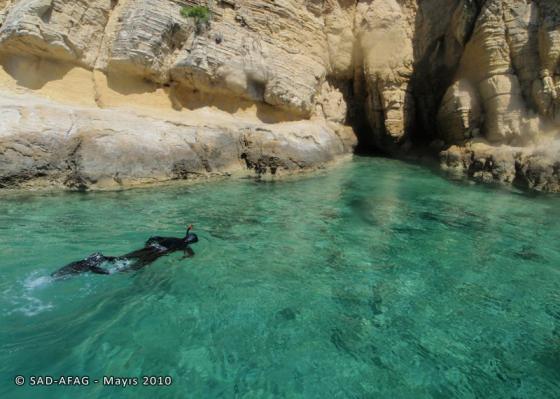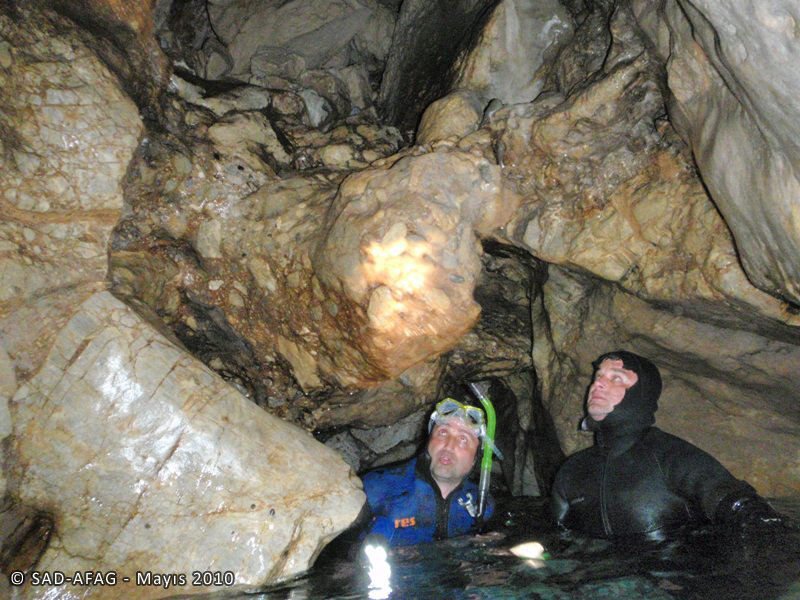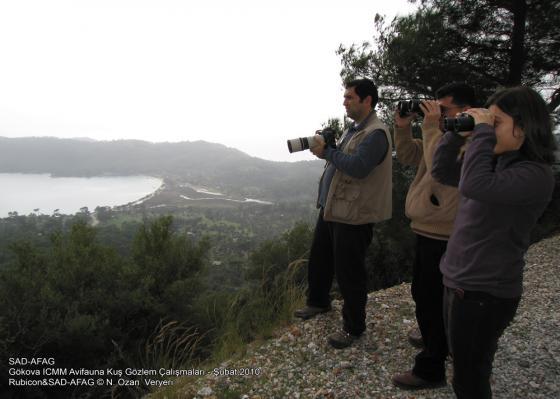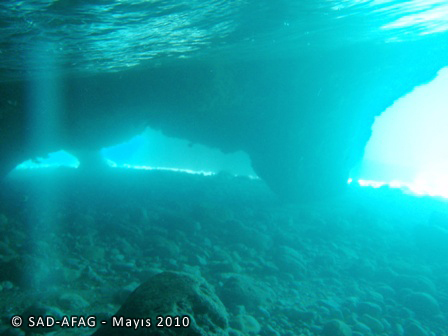Monthly Archives: May 2010
Habitat destruction in the southern coasts of Gökova Plain
Comprehensive biological diversity studies are carried out in Gökova Plain since January 2009 and additionally possible threats directed to the natural areas evaluated within this field studies as well. As acting on a tip-off acquired at May 13, 2010, it’s seen a valuable coastal line iin the area s filled up with solid as an act against the legislation and heavy construction equipments were working on the nearby wet-land.
Construction Work in Gökova Taşbükü Bay
Taşbükü Bay is a beautiful coastal area (for now) located between Çamlı and Boncuk Bays in the southern coasts of Gökova SEPA. Photos taken in the area have shown massive construction activities conducting in the area. SAD will get in contact with the governmental agencies about this situation.
Field Studies on Mediterranean Monk Seal and Coastal Habitats Accomplished in Gökova SEPA

Studies on the presence of Mediterranean monk seal and its habitats completed within Gökova ICMM Project funded by BBI Matra funds.
Research studies on Mediterranean monk seal and its habitats accomplished within the Gökova SEPA located in Gökova Gulf covering whole area between the dates of 4 to 9 May 2010.
Cem Orkun Kıraç and Project Manager Nesimi Ozan Veryeri from SAD-AFAG research team, free diver Erkin Tonguc and Can Görgün, the chairman of Akyaka Fishery Coop., who has wide experience on the area, participated in the surveys. The studies initiated from the northern border of 207 km long Gökova Special Environmental Protection Area, performed to cover entire Gökova SEPA region and the islands. Fieldwork was carried out using 8,5 m long fishing boat navigating at low speed. Potential habitats of Mediterranean monk seal in the Gökova Gulf are revealed and distinctive and impressive new information obtained about the coastal and marine areas. Breeding habitats of Mediterranean monk seals have been identified and an adult female Mediterranean monk seal was found and photographed in the bottom of a deep cave. Female adult individual, whom found in a cave around Akyaka- Ören in the northern side of the gulf, was also recorded with video camera.
As a result of literature review, field survey and habitat research studies since January 2009, it’s revealed that whole Gökova SEPA region covers important coastal habitats for the Mediterranean monk seal. As known, Mediterranean Monk Seal (Monachus monachus) is an endangered species worldwide and in CR category, critically endangered, according to the IUCN criteria. Monachus monachus has around 600 members in the world, and it’s representing with 100 individuals in our country. Mediterranean monk seal can be found mainly in untouched and pristine coasts of the Aegean and Mediterranean Seas but unfortunately no longer exist in the Black Sea. These rare marine mammals and the pristine shores as its habitats are under protection by the Bern, Barcelona, CITES and Landscape conventions to which our country is also party.
Interviews and one-to-one intelligence studies on the factors threatening presence of Mediterranean monk seal and its habitats will continue to be carried out during the summer 2010 with the fishermen operating in the region all year round. The data derived about the presence of Mediterranean monk seal and its habitats will shed light on the draft management plan to be prepared for the Gökova SEPA Region in cooperation among SAD-AFAG, local NGOs, EPASA, MARA and other professional stakeholders.

Avifauna studies continue in Gökova SEPA

Avifauna studies are carried out at full steam in Gökova Bay within the context of SAD-AFAG Gökova ICMM Project funded by BBI Matra.
Cem Orkuna Kıraç and N. Ozan Veryeri from Underwater Research Society, Kasım Kırlangıç from METU Bird Watching Group and Ayşegül Dursun from Hacettepe Bird Watching Group carried out the avifauna studies between 13 and 18 February 2010 Along the coasts and coastal wetlands within Gökova SEPA Region and performed the monitoring and reporting activities. Also in April, three-day field study performed between the dates of 16-17-18 April 2010 to explore breeding birds of the region in addition.
Both spot observations from the stations and transect observations by following a certain line were carried out in the bird-watching studies representing entire coast line of the Gökova SEPA Region. All birds observed during the studies identified visually with the help of binoculars and recorded by telephoto lens. Within the bird-watching studies conducted, some species were observed and photographed for the first time along the Gökova Bay such as highly-likely breeding a couple of Osprey (Pandion haliaetus) , Caspian Tern (Sterna Caspian), Rüppell’s Warbler (Sylvia rueppelli) and Bonelli’s Eagle (Hieraaetus fasciatus). So far a total of 90 species of birds were defined in field studies. According the data obtained from the prior field studies in the region, approximately 150 bird species have been found to be living in the beach, sea and islands of Gökova. The most important bird habitats in the region are the plains in the eastern edge of Gökova Gulf mainly comprise of sand dunes and wetlands, especially artificial breakwater and coastal line in Çalca Hill (a pair of osprey is seen while feeding on the area), all river branches and their estuaries, pristine and uninhabited rocky coastal areas sheltering common shags.
Studies are held in different habitats and at least in 20 different locations to cover entire Gökova Special Environmental Protected Area. The entire project area is divided standard 1×1 km grids by the project GIS expert. Observations in each fieldwork were entered in the database as separate data together with the codes of 1 km2 scaled grids. Thus it’s possible to perform comprehensive analysis according to time, space and species. As for this will serve as an important scientific base for the planners in order to protect natural values and keep them for the future generations and planning integrated coastal and marine areas in Gökova. As a result of the studies driven, effects of human activities on bird breeding areas and birds will be quantitatively and spatially understood.




